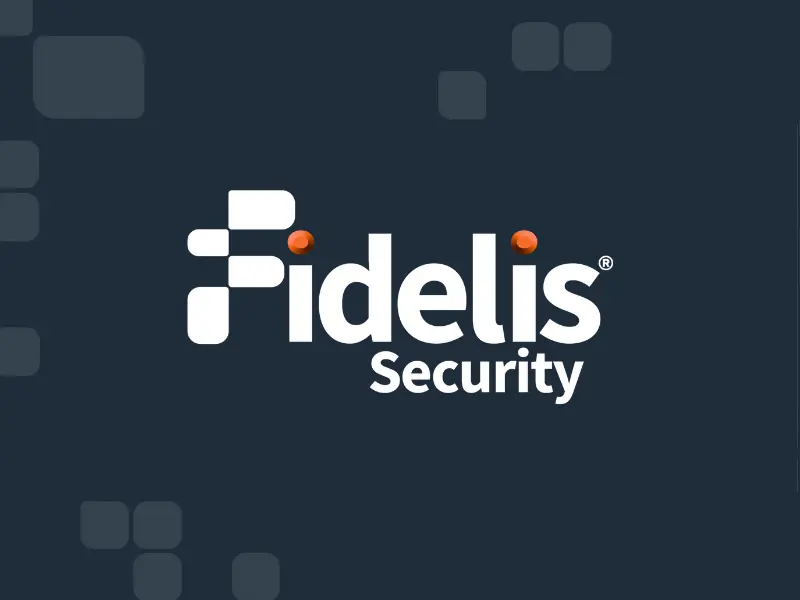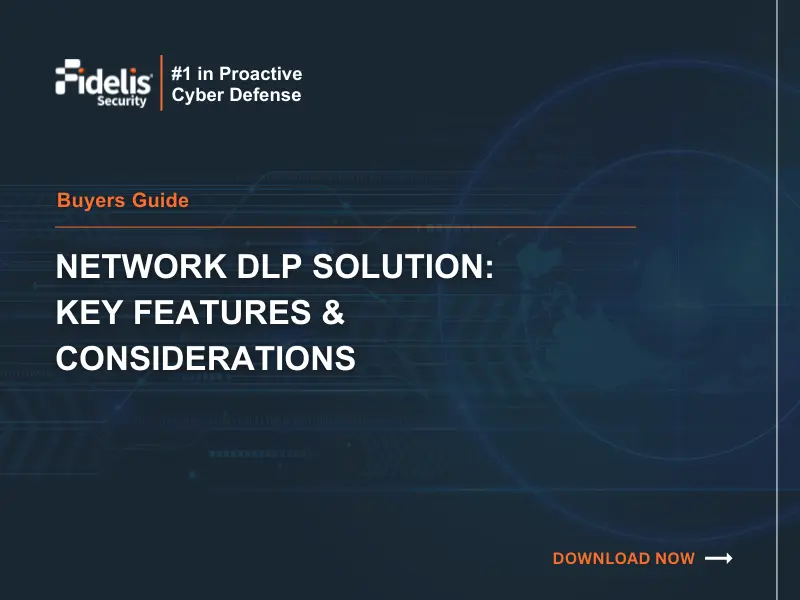DLP stands for Data Loss Prevention, which is a strategic cybersecurity solution that protects sensitive information from being lost, misused, or accessed by unauthorized parties. DLP systems detect policy violations by inspecting content (file types, keywords, metadata) and context (user behavior) across endpoints, networks, and cloud services. Examples include copying a restricted document to an external drive or sending confidential reports to personal email addresses.
When a violation is detected, DLP implements measures such as encrypting the data, suspending transmission, quarantining endpoints, and contacting security officials.
Policies categorize information based on predetermined rules (for example, credit card numbers or personal health information), and controls are automatically triggered whenever protected content is transferred, duplicated, or communicated outside of permitted channels. This comprehensive approach distinguishes between acceptable workflows and dangerous operations by linking metadata, human actions, and system states.
While traditional security products concentrate on stopping threats at the network’s perimeter or hardening endpoints, DLP addresses data wherever it exists – inside or outside the network security perimeter. Even if an attacker circumvents a firewall or malware protections, DLP controls are able to identify anomalous behaviors (e.g. bulk file or out-of-policy uploads) and take appropriate actions. As regulatory requirements become more strict and information is more valuable than ever before, Data Loss Prevention will remain critical for organizations that require adoption to reduce the risk of inadvertent exposure, reduce the probability of insider threats, and comply with privacy regulations. Ongoing data flow visibility enables DLP to know where risk exists and help organizations assess that risk and protect their valued assets throughout the lifecycle.


